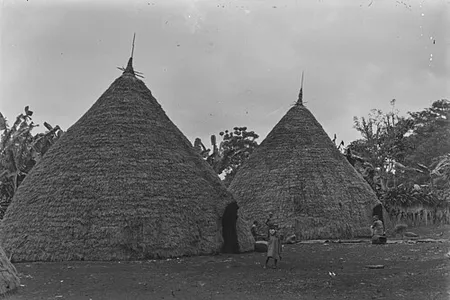Table of Contents
Chagga Culture Around Mount Kilimanjaro: Traditions & History
Mount Kilimanjaro is more than just Africa’s highest peak — it’s the heart of Chagga land. The Chagga people, one of Tanzania’s largest ethnic groups, have lived on the mountain’s southern and eastern slopes for generations. Their deep connection to Kilimanjaro runs through their language, traditions, farming, lifestyle, and hospitality.If you’re climbing Kilimanjaro or exploring the Moshi area, learning about Chagga culture will give you a richer, more meaningful experience.
Discover the untold story of Lauwo, the barefoot teenager who helped lead the first successful Kilimanjaro expedition.
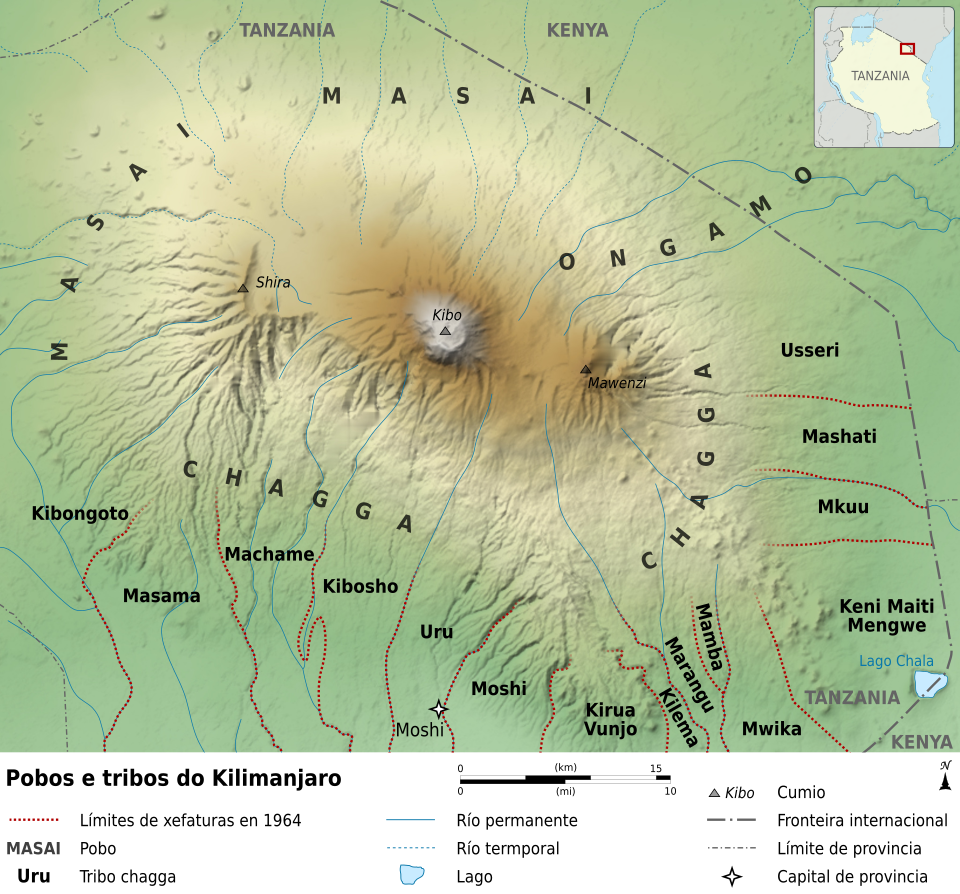
Who Are the Chagga?
The Chagga are Bantu-speaking people native to the Kilimanjaro Region. Known for their hard work, farming expertise, and hospitality, they’ve long been among the most educated and economically active ethnic groups in Tanzania.
- Language: Chagga speak Kichagga (a Bantu language) as well as Swahili.
- Population: Estimated over 2 million in the Kilimanjaro area and beyond.
- Religion: Primarily Christian, with traditional beliefs still practiced in some areas.
Explore the ancient myths and spiritual beliefs of the Chagga, Maasai, and Pare tribes — and how Kilimanjaro has shaped their rituals, legends, and way of life.
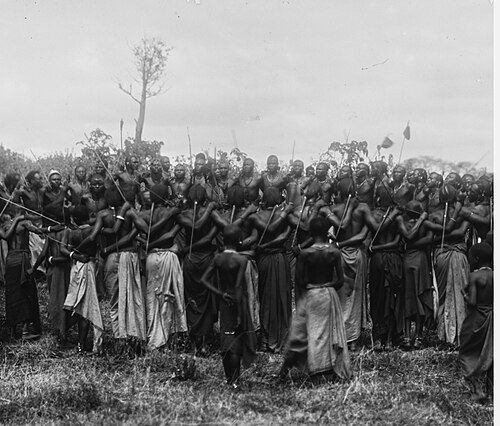
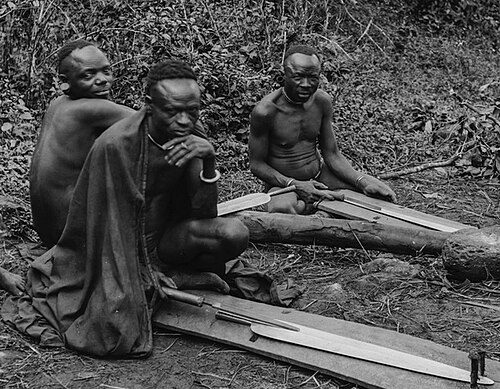
Traditional Life on the Slopes of Kilimanjaro
Chagga life revolves around the banana and coffee farms that cover the lower mountain slopes. Homes are often surrounded by terraced gardens, livestock shelters, and small coffee plots.
Key elements of traditional life:
- Bananas (ndizi) are a staple food and also used for brewing traditional beer.
- Coffee farming has been a major economic activity since colonial times.
- Livestock, especially goats and cows, are kept for milk and meat.
Their farming system is considered one of the most sustainable and efficient in East Africa.Ever wondered where the name ‘Kilimanjaro’ comes from? Discover the theories behind its meaning — from local Chagga language roots to early European interpretations


Chagga Food & Drink
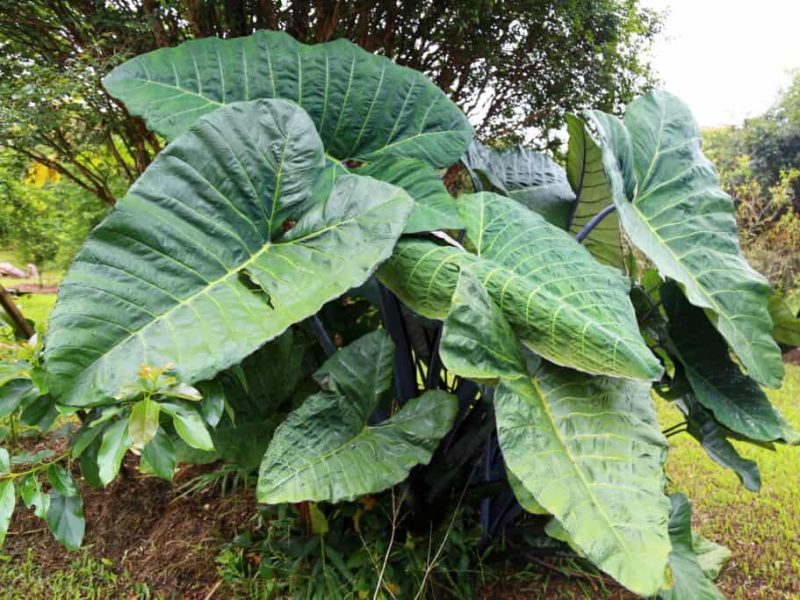
If you’re visiting a Chagga village or homestay, don’t miss the chance to try:
- Machalari: A banana and beef stew
- Kiburu:mix of bananas, yam roots , soda ash (sodium carbonate), salt, and cooking oil.
- Mbege: Traditional Chagga banana beer, brewed using fermented bananas and millet
These dishes are often prepared during local festivals, ceremonies, or welcome celebrations.
Chagga Beliefs, Traditions & Ceremonies
The Chagga people maintain a deep respect for their ancestral roots, and while many have embraced Christianity, traditional beliefs and ceremonies continue to hold meaning, especially during key life events such as weddings, funerals, harvest festivals, and coming-of-age rituals.
One of the most sacred plants in Chagga tradition is Masale, known botanically as Dracaena fragrans. This evergreen shrub plays an important cultural and spiritual role. It is traditionally planted as a land boundary marker, symbolizing where one person’s land ends and another’s begins. These markers are respected deeply — no one dares to shift or remove them, as it’s believed doing so invites serious spiritual consequences, including misfortune or even death.
Masale is also central to rituals that connect the living with ancestral spirits. During these ceremonies, it is used together with other sacred items like:
- Mbege (traditional banana beer)
- Milk
- Animal blood
- Select cuts of meat
One especially meaningful practice involves using a folded leaf of the Dracaena plan(masale) to request forgiveness. This gesture may be made personally or through an elder, who delivers the folded leaf on someone’s behalf while asking for reconciliation. This powerful act shows humility, respect, and a desire to restore harmony.
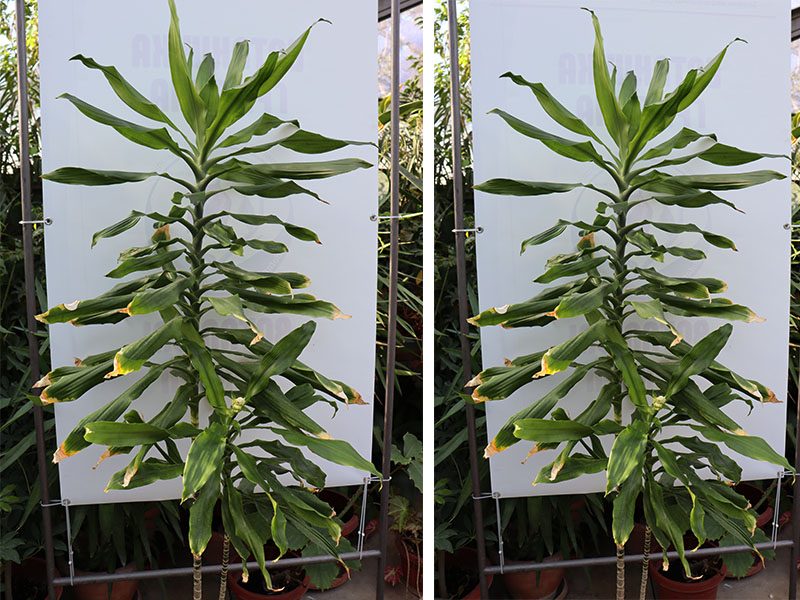
Traditional Chagga ceremonies serve
important social and spiritual purposes:
- Restoring Family Unity – Ceremonies cannot be held if family members are in conflict. Disputes must be resolved first, promoting peace and togetherness.
- Encouraging Mutual Support – Ritual gatherings provide a space for relatives to share problems, offer solutions, and strengthen community bonds.
- Spiritual Diagnosis and Guidance – Through ritual practice, the community seeks to identify ancestral displeasure or spiritual imbalance, and correct it through offerings and realignment.
- Preventing Land Conflicts – By planting Masale as boundary markers, disputes are avoided, and land ownership is respected.
- Promoting Unity Across Clans – These shared rituals reinforce the identity and cohesion of the Chagga people across different families and clan lineages.
At Kili Quests, we proudly carry these traditions forward, sharing authentic stories of Chagga life with those who visit Mount Kilimanjaro. Our heritage is not just something we remember — it’s something we live and honor through every journey we guide.
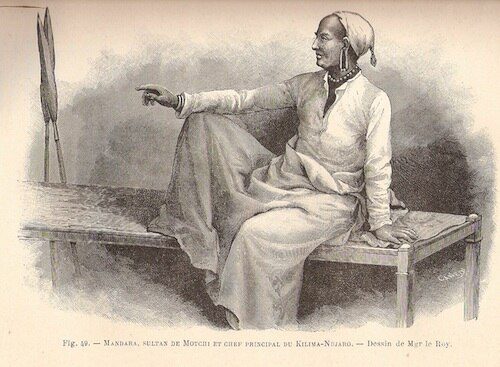

The Chagga & Mount Kilimanjaro Treks
Chagga people were the first local guides and porters for Kilimanjaro expeditions. The mountain’s early exploration history includes Yohani Kinyala Lauwo, a young Chagga man who guided Hans Meyer to the summit in 1889 — and later became the first African known to reach Uhuru Peak.Today, most mountain guides, porters, cooks, and hospitality staff working on Kilimanjaro are Chagga. Trekking with a local company like Kili Quests directly supports Chagga families and preserves their cultural heritage.
Porters are the unsung heroes of every Kilimanjaro trek — learn about their daily responsibilities, challenges, and how ethical tour companies support their well-being
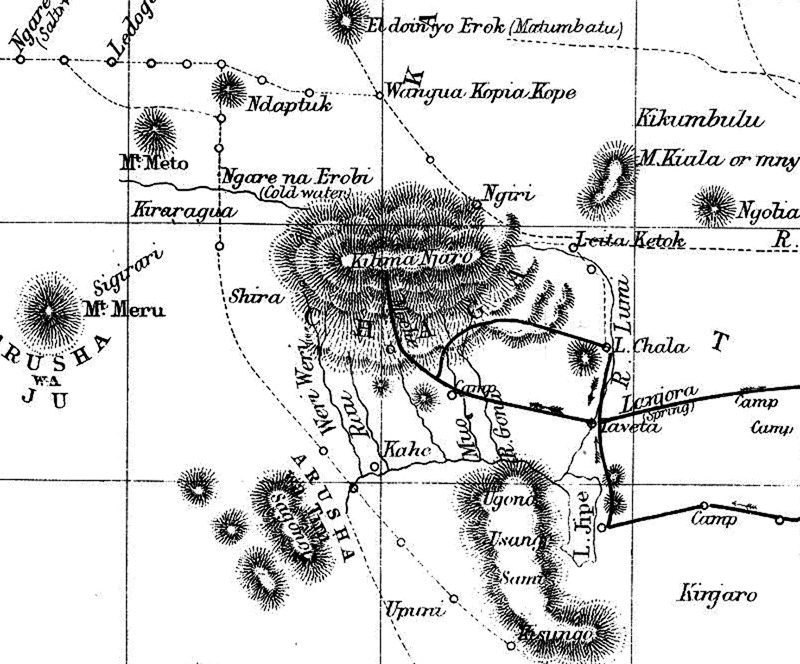
Cultural Tourism & Village Tours
Many visitors add a Chagga cultural experience to their Kilimanjaro adventure. This can include:
- Visiting traditional Chagga homes or caves once used during tribal wars
- Learning the banana beer brewing process
- Exploring Materuni ,Marangu Village (with waterfalls and coffee tours)
- Enjoying local meals and dance performances
These tours are respectful, immersive, and often led by community members themselves.

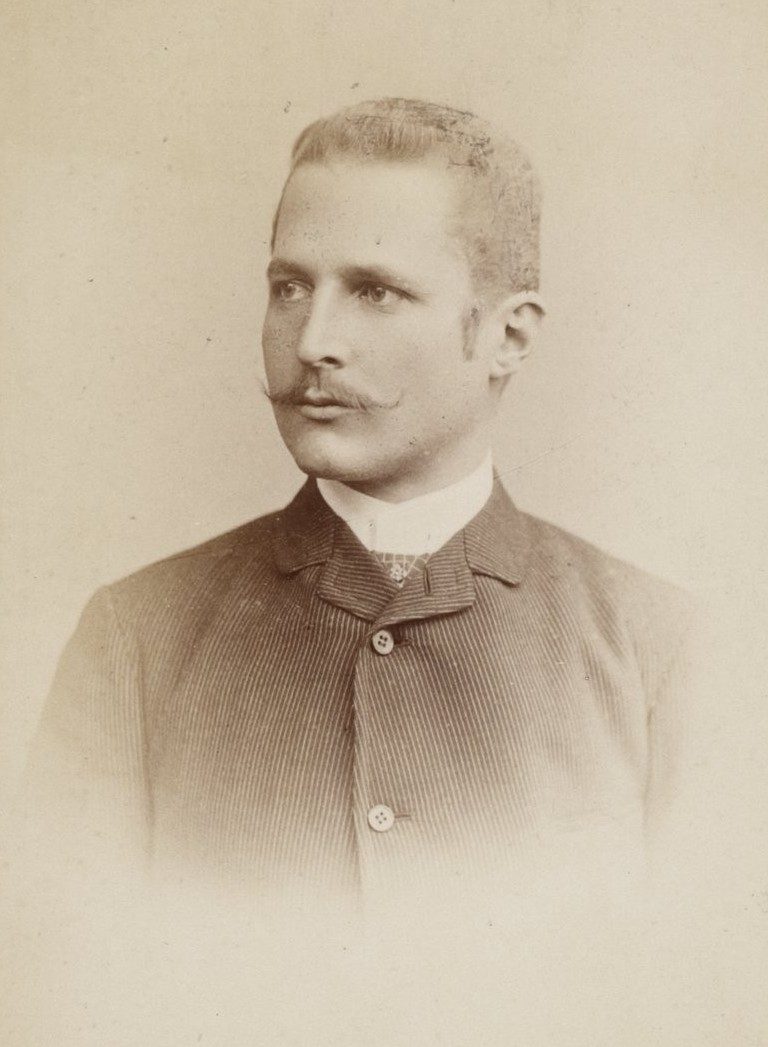
Preserving Chagga Culture in a Changing World
As tourism and modernization grow, many young Chagga are moving to urban areas. However, cultural tourism helps keep traditions alive by:
- Creating income for rural families
- Supporting local artisans and farmers
- Encouraging youth to take pride in their roots
At Kili Quests, we are Chagga — originally from the Marangu area — and we proudly partner with other Chagga-owned businesses and local guides to ensure every experience is authentic, respectful, and rooted in our cultural heritage.

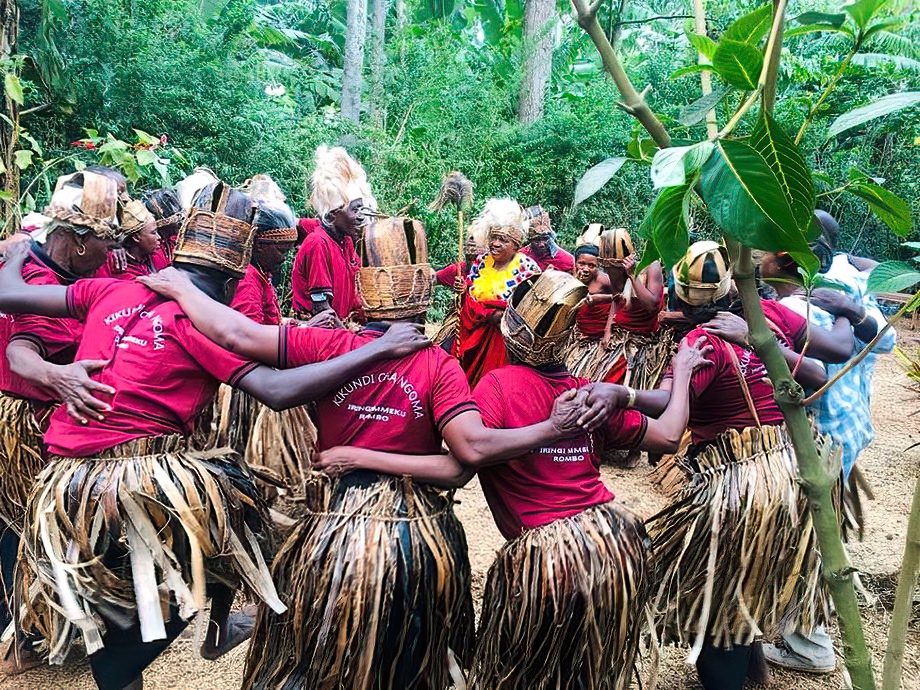
Experience the Heart of Kilimanjaro
A climb to the summit is unforgettable — but so is the culture that surrounds it. By learning about the Chagga people, you’ll gain a deeper appreciation for the region, its people, and the spirit of Kilimanjaro.Interested in adding a cultural tour to your trek?
Contact Kili Quests and let us create the perfect blend of adventure and culture.
Related Articles
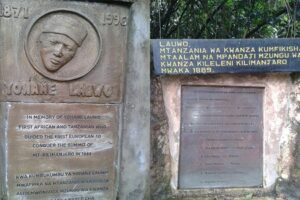
Kilimanjaro Climbing History: Lauwo’s First Summit & Chagga
April 15, 2025
No Comments
Table of Contents Who Was Lauwo? Tanzania’s First Kilimanjaro Guide | Kili Quests When talking about the first successful ascent of Mount Kilimanjaro, most people

Mount Kilimanjaro Myths: Chagga, Maasai, and Pare
April 15, 2025
No Comments
Table of Contents Kilimanjaro Myths, Spirits & Tribes: Chagga, Maasai & Pare | Kili Quests Mount Kilimanjaro is not only Africa’s tallest peak —

Mount Kilimanjaro’s Geology: Three Volcanoes in One
April 15, 2025
No Comments
Table of Contents Kilimanjaro’s Volcanic Cones: Kibo, Mawenzi & Shira Africa’s Towering Volcano Mount Kilimanjaro is not just a mountain — it’s a massive


